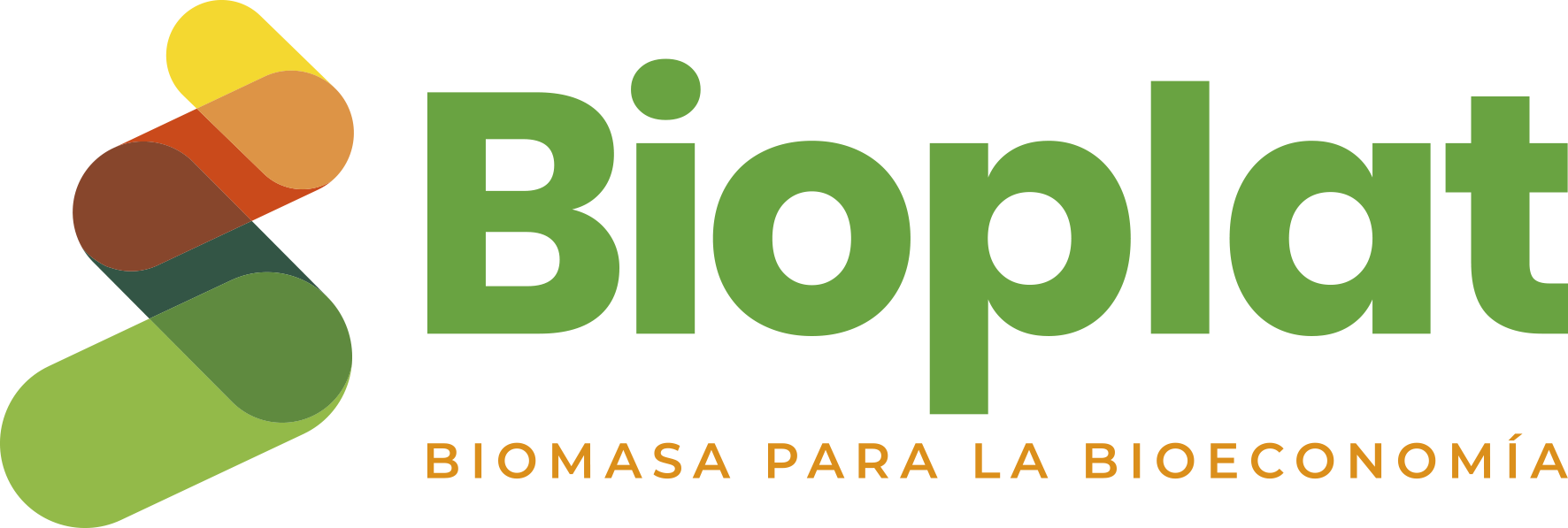23 Jul 2015
New CDM Guide: Measuring Forest Carbon Stocks
A new field manual for estimating carbon stocks in forest projects under the Clean Development Mechanism (CDM) has just been released.
Forests store carbon, and thus reduce the carbon dioxide emissions that drive climate change. Under the CDM, projects are rewarded with a saleable certified emission reduction credit for each tonne of carbon dioxide they reduce or avoid.
Afforestation and reforestation projects convert non-forested land to forested land through planting, seeding or promotion of natural seeding. However, the amount of carbon captured by forests depends on many factors, including tree age, growth rate, local climate and soil quality. Calculating the amount of carbon dioxide taken up and stored in a forest is complex, which means not all countries have the capacity to bring their forest projects into the CDM.
The manual is meant to fill this gap. The goal is to increase access to the CDM while ensuring environmental integrity through accurate measurement of carbon stocks.
About the CDM
The CDM allows emission-reduction projects in developing countries to earn certified emission reduction (CER) credits, each equivalent to one tonne of CO2. CERs can be traded and sold, and used by industrialized countries to meet a part of their targets under the Protocol. The CDM assists countries in achieving sustainable development and emission reductions, while giving industrialized countries some flexibility in how they meet their emission targets.
Source: UNFCCC
